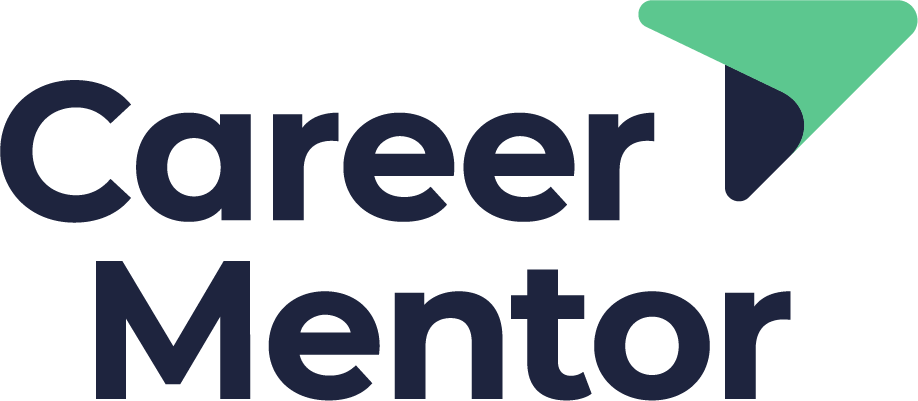Interview Questions: the STAR method explained and enhanced
It’s highly likely that at some point in an interview process, you’ll be asked a situational question. The STAR approach is a great way to answer these questions. In this blog, I’ll discuss situational questions, the STAR method, and how to utilise it to best effect.
Understanding situational interview questions
As the name suggests, situational questions are about how you’ve handled work situations in the past. They might also ask you how you’d handle a hypothetical situation in the future - these are scenario questions. They might ask you these types of questions to give an indication of your capabilities in a range of relevant contexts. It’ll also show them your ability to interact with people during the achievement of a task and, as you answer the question, you’ll be able to demonstrate your verbal communication skills.
Using the STAR approach
STAR stands for Situation, Task, Action and Result. It’s a handy way of answering situational questions by way of giving a specific example that best demonstrates what they’re looking for. Let’s have a look at each component with some ideas of what to have in each section:
Situation
First, you explain the situation/context that you’re going to use for your answer. Simple enough. Give some idea of the shape and size of the context. So, for example, if you’re going to talk about a deal, what was the size? Who were the main stakeholders involved?
It’s also key to establish from the outset the importance of this. What were the consequences of getting it right? What would have been the downsides of it not being successful? By explaining the situation clearly and succinctly from the beginning, you’re setting up the example or story with a hook - you want to get their attention and get a sense of your importance in the scenario.
Task
In this part of your answer, you explain your role. Be careful here - your interviewers will be watching out for any attempt to create the false impression that a team’s achievement was your personal one. Explain how you thought through the situation and explored areas that were unclear to avoid making false assumptions. Once you’ve discussed how you collected the relevant data, you can talk about how you examined the various options available and why you chose the one you did. Finally, you can explain how you gathered a team for the achievement of the task/goal and gained buy-in/agreement from the relevant stakeholders.
Action
Now it’s time to describe what actually happened. It’s ok if the first plan didn’t work - this can highlight your ability to remain flexible in your approach while remaining focused on the outcome. You can also demonstrate a number of your skills and attributes such as working under pressure, keeping the team focused on the task at hand, and updating the stakeholders with progress, problems and solutions on the journey.
Result
In this final section, you can pull it all together. You should show how the task was achieved; how it positively impacted the business; what the stakeholders thought; and what you and your team members learnt from the process and getting the result.
A couple of additional thoughts. First, make sure that the example you give actually answers the question posed. Second, be sure to include demonstration of the attributes that are most important for the role. Finally, keep it concise. Keep it pithy and interesting, otherwise you risk losing the interviewer’s attention.
If you’re preparing for an upcoming interview and would benefit from a no-strings-attached conversation, do get in touch to book a call.
